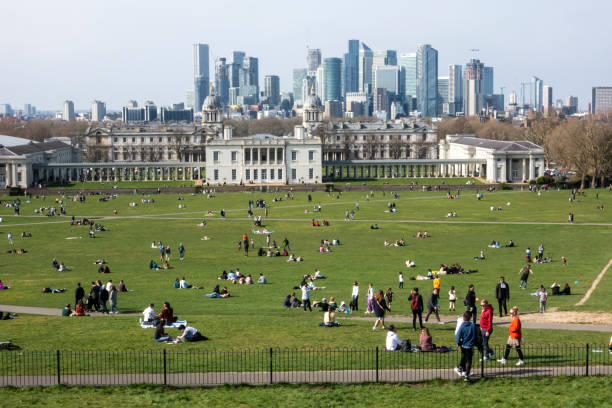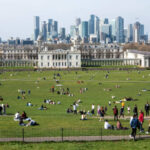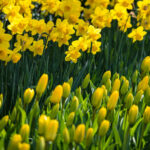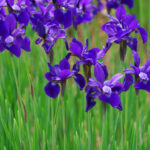Greenwich Park is one of London’s most iconic and historically significant green spaces. Located in the Royal Borough of Greenwich, this sprawling 183-acre park offers visitors stunning views of London’s skyline, a rich history dating back centuries, and a variety of activities that appeal to people of all ages. As one of the city’s eight Royal Parks, Greenwich Park holds a special place in London’s cultural and historical landscape.
From its origins as a royal hunting ground to its modern status as a UNESCO World Heritage Site, Greenwich Park has evolved into a treasured public space that continues to attract millions of visitors each year. In this article, we will explore the park’s history, its key attractions, its role as a green sanctuary in a bustling metropolis, and what makes it a must-visit destination for both locals and tourists.
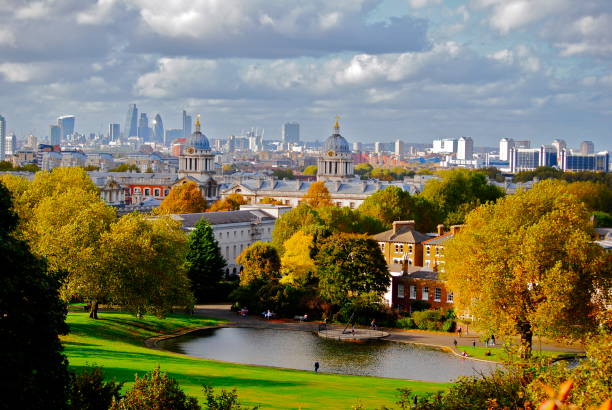
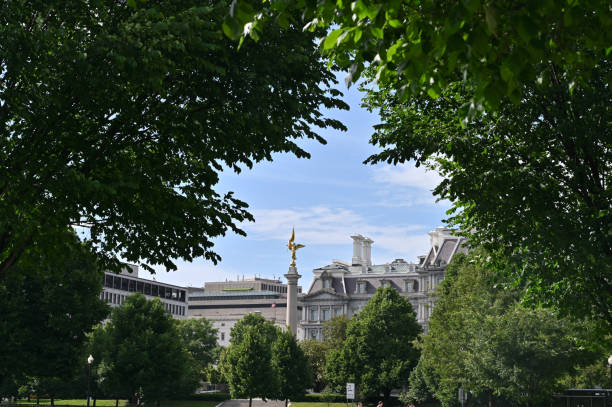

1. A Brief History of Greenwich Park
Greenwich Park’s history is deeply intertwined with that of British royalty. The land that now makes up the park was originally enclosed by order of King Henry V in 1427, making it one of the oldest enclosed parks in London. Over the centuries, it has been shaped and transformed by various monarchs, each leaving their mark on the landscape.
In the early 16th century, King Henry VIII expanded the park and built Placentia Palace (also known as Greenwich Palace) within its grounds. The palace served as a favorite royal residence, and it was here that both Henry VIII and his daughters, Queen Mary I and Queen Elizabeth I, were born. Greenwich Park thus became closely associated with the Tudor dynasty.
During the reign of Charles II in the 17th century, the park underwent further development, most notably with the redesign of its layout by the renowned French landscape architect André Le Nôtre, who is best known for designing the gardens at the Palace of Versailles. Le Nôtre’s influence is still visible today, particularly in the park’s tree-lined avenues and carefully manicured lawns.
In the 19th century, the park was opened to the public, becoming a beloved recreational space for Londoners. Today, it is part of the Greenwich Maritime World Heritage Site, which also includes the nearby Royal Observatory, National Maritime Museum, and the Old Royal Naval College.
2. Key Attractions in Greenwich Park
Greenwich Park is home to several notable attractions, many of which are tied to its rich history and unique location. From world-class museums to panoramic views, the park offers something for everyone.
a. The Royal Observatory and the Prime Meridian
One of the most famous landmarks in Greenwich Park is the Royal Observatory, founded in 1675 by King Charles II. The observatory is perhaps best known as the home of the Prime Meridian, the line of 0 degrees longitude that divides the Eastern and Western Hemispheres. Visitors can stand with one foot in each hemisphere, making it a popular photo opportunity.
The Royal Observatory also played a crucial role in the development of modern astronomy and timekeeping. It was here that Greenwich Mean Time (GMT) was established, and the observatory remains a significant site for understanding the history of navigation and the measurement of time. Today, the observatory is part of the Royal Museums Greenwich and offers exhibitions on astronomy, space exploration, and the history of the universe.
b. The View from One Tree Hill
For many visitors, the highlight of Greenwich Park is the breathtaking view from One Tree Hill, located at the top of the park’s southern slope. From this vantage point, visitors are treated to a sweeping panorama of London, with landmarks such as the River Thames, Canary Wharf, St. Paul’s Cathedral, and the Shard visible on the horizon.
The view from One Tree Hill is particularly spectacular at sunrise or sunset when the city is bathed in golden light. It’s a favorite spot for photographers, artists, and anyone looking to take in the beauty of London’s skyline from a peaceful, elevated perch.
c. The Queen’s House and National Maritime Museum
At the northern edge of Greenwich Park lies the Queen’s House, a former royal residence that now houses part of the collection of the National Maritime Museum. The Queen’s House was designed by architect Inigo Jones in the early 17th century and is considered one of the finest examples of classical architecture in England.
The National Maritime Museum, adjacent to the park, is the largest museum of its kind in the world, offering fascinating exhibits on Britain’s naval history, maritime exploration, and the role of the sea in shaping the nation’s identity. Visitors to Greenwich Park often combine a trip to the park with a visit to these cultural landmarks, making for a day rich in history and discovery.
d. The Flower Gardens and Wilderness Deer Park
Greenwich Park is renowned for its beautifully maintained gardens, including the Flower Gardens, which are located in the southeast corner of the park. The Flower Gardens are a peaceful retreat, featuring carefully designed flowerbeds, ponds, and meandering paths. During the spring and summer months, the gardens burst into color with an array of seasonal blooms, making them a favorite spot for picnics, leisurely strolls, and relaxation.
Another unique feature of Greenwich Park is the Wilderness Deer Park, which dates back to the time when the park was a royal hunting ground. Today, the deer park is home to a small herd of red and fallow deer, providing a glimpse of the park’s past and offering visitors the chance to observe these graceful animals in a natural setting.
3. Greenwich Park as a Green Sanctuary
One of the most appealing aspects of Greenwich Park is its ability to offer a tranquil escape from the hustle and bustle of London. Despite its proximity to the busy streets of Greenwich Town and the nearby financial district of Canary Wharf, the park remains a peaceful oasis where visitors can unwind and connect with nature.
a. Wildlife and Biodiversity
Greenwich Park is home to a wide variety of wildlife, including birds, mammals, and insects. In addition to the deer in the Wilderness, visitors may encounter squirrels, foxes, and a diverse array of bird species, from woodpeckers to parakeets. The park’s mix of woodland, grassland, and ornamental gardens creates a rich habitat for both native and migratory species.
The park’s ancient trees, some of which are several hundred years old, provide important ecological value, supporting a range of wildlife and contributing to the park’s overall biodiversity. The park’s commitment to conservation and sustainable practices ensures that it remains a thriving natural space for future generations to enjoy.
b. Recreational Activities
Greenwich Park offers a wide range of recreational activities, catering to visitors of all ages and interests. The park’s expansive lawns are perfect for picnicking, sunbathing, or playing sports, while its network of paths and trails makes it ideal for walking, jogging, and cycling.
For families, the park features a popular children’s playground, complete with swings, slides, and climbing frames. There are also several tennis courts, a cricket field, and a boating pond, offering plenty of options for outdoor fun and fitness.
In addition to its recreational facilities, the park hosts a variety of seasonal events, including outdoor theater performances, music concerts, and fitness classes. Whether you’re looking for a peaceful walk, a family outing, or an active day in the fresh air, Greenwich Park has something to offer.
4. A UNESCO World Heritage Site
In 1997, Greenwich Park, along with the surrounding landmarks of Maritime Greenwich, was designated as a UNESCO World Heritage Site. This prestigious recognition highlights the park’s cultural, historical, and architectural significance, as well as its role in the development of science, navigation, and timekeeping.
The designation as a World Heritage Site ensures that Greenwich Park will continue to be preserved and protected for future generations to enjoy. It also solidifies the park’s status as one of London’s most important and cherished public spaces.
5. Greenwich Park Today: A Blend of History and Modernity
Greenwich Park today is a place where history and modernity coexist harmoniously. Visitors can stroll through ancient tree-lined avenues, visit historic landmarks like the Royal Observatory, and enjoy contemporary amenities like cafes and visitor centers. The park’s unique blend of natural beauty, cultural significance, and recreational opportunities makes it a must-visit destination for anyone exploring London.
Conclusion
Greenwich Park is much more than just a beautiful green space in the heart of London—it is a living testament to the city’s rich history, cultural heritage, and connection to nature. With its stunning views, historic landmarks, and diverse recreational offerings, the park continues to captivate and inspire visitors from around the world. Whether you’re a history buff, a nature lover, or simply looking for a peaceful retreat in the city, Greenwich Park offers a unique and unforgettable experience.

